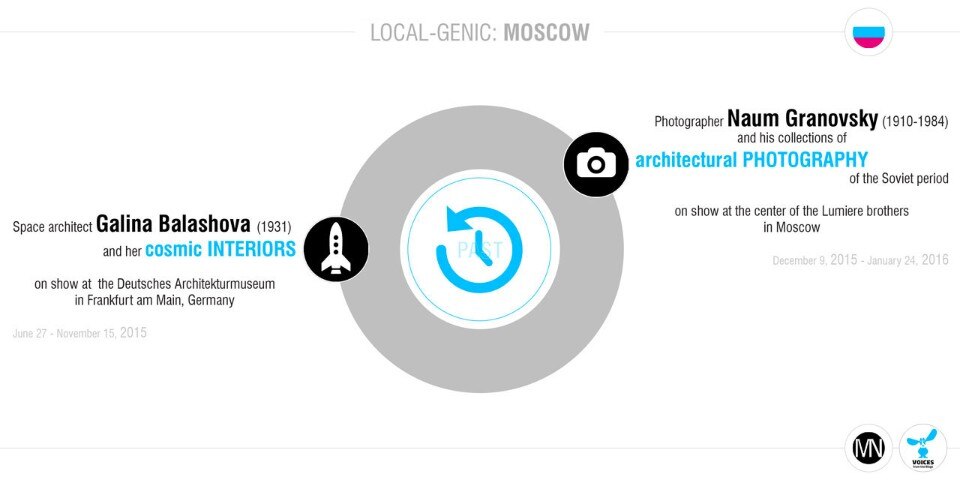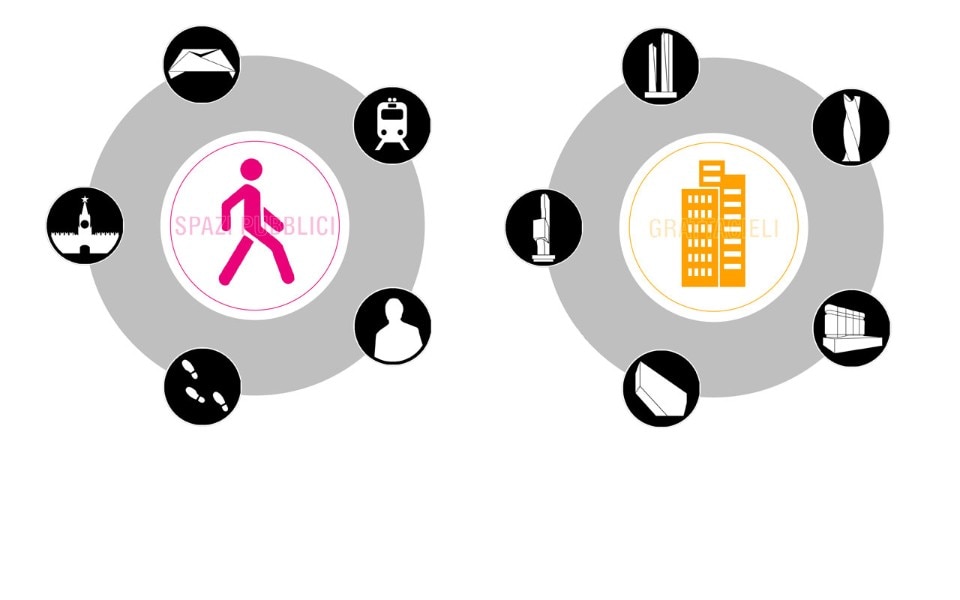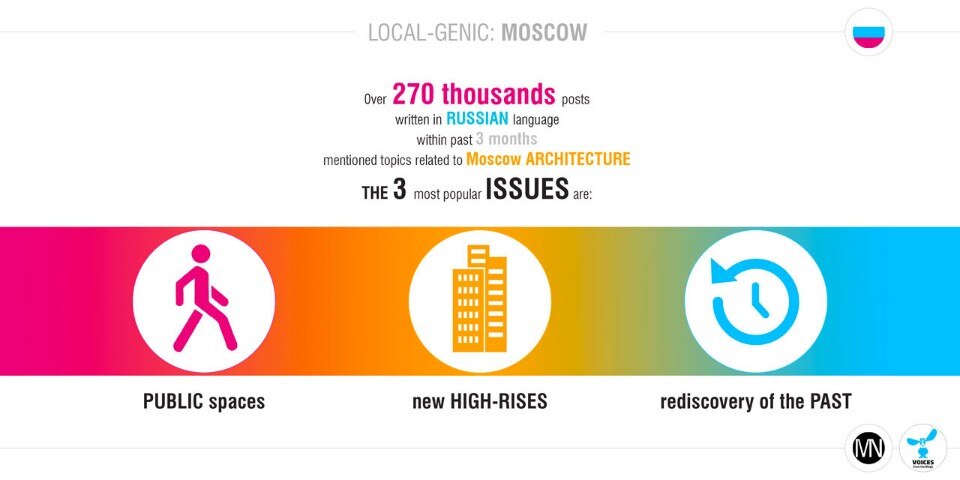
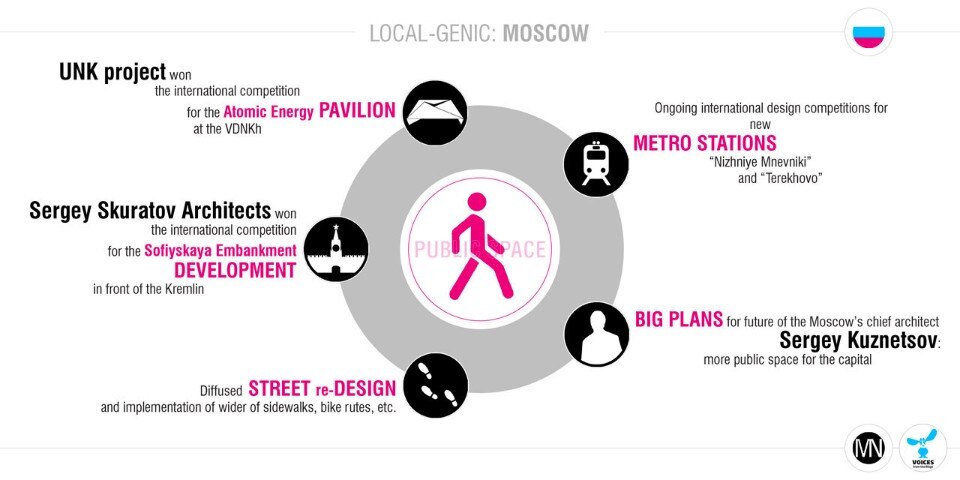
The first concerns public spaces, a totally new trend and currently in great ferment, as proven by the numerous international competitions addressing the subject from many different viewpoints. From new metro stations to major urban development projects centred on a human-scale pedestrian experience (traditionally neglected by Soviet design) and more detailed and widespread interventions to regenerate urban space.
The latter are, by the way, much welcomed by Muscovites, at least judging by the social network discussions. So, we have the Atomic Energy Pavilion at VDNKh by UNK Project and the plans to develop the area between Bolotnaya Square and the Sofiyskaya embankment by Sergey Skuratov Architects. Interestingly, this project was favoured over proposals by CZA Cino Zucchi Architect, MLA+, Nps Tchoban Voss, Miralles Tagliabue EMBT and Steven Holl Architects.
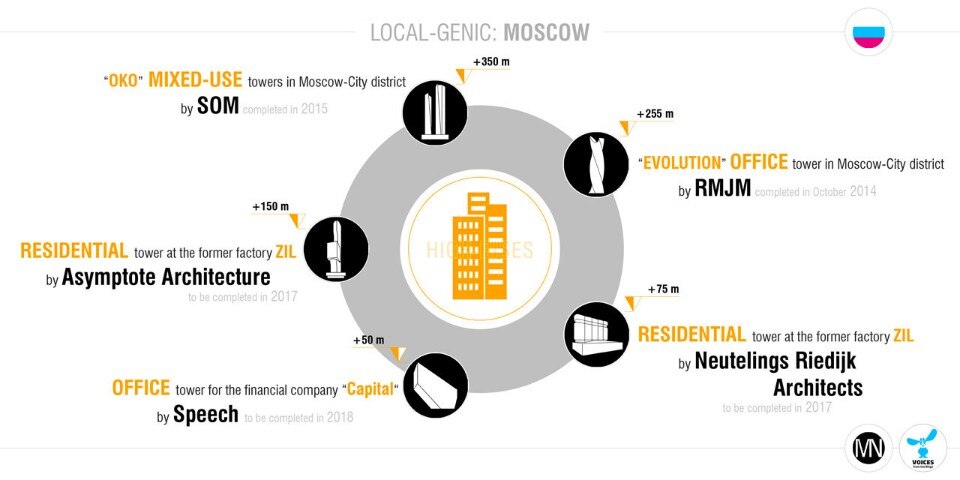
On the other hand, Moscow is not just rethinking its “ground floor”. It is also looking towards the clouds and is where Europe’s tallest skyscrapers are appearing, another prominent theme in on-line discussions. The recently inaugurated OKO towers, designed by American group Skidmore, Owings & Merrill, rise to a height of 355 m and the albeit more “modest” Evolution tower boasts a still respectable height (255 m); the initial concept was developed by Britain’s RMJM and subsequently completed by Gorproject in Moscow. All these projects are in the famous Moscow-City business district, often compared to La Défense in Paris and London’s Canary Wharf.
Another project attracting the attention of Moscow’s social networks is the regeneration of the former ZiL heavy vehicle factory. According to the plans, two apartment blocks will soon be built there: one 150 m tall, designed by New York’s Asymptote Architecture, and the other 75 m tall, by Neutelings Riedijk Architects in Rotterdam.
